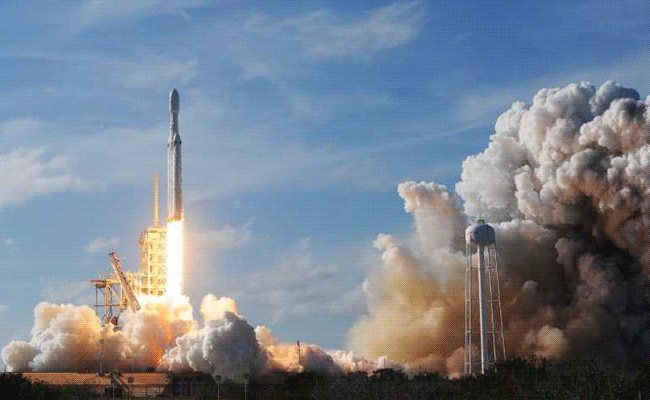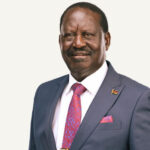The space race is once again the order of the day in the Russian political agenda.
Roscosmos, the Russian Federal Space Agency, is immersed in the development of three designs of superheavy rockets.
The Kremlin has given the green light to this aerospace project, which should be submitted by 2019.
The most appropriate model will be selected with a view to being put into orbit within ten years.
Vladimir Putin himself ruled that all deadlines “had to be met and his flight tests would have to start, as planned, in 2028.”
One of the models that has in mind to recover is that of the unfortunate Energy, the legendary Soviet launcher that sent the spacecraft Buran to space in November 1988.
In case this rocket becomes reality, it would join the list of most gigantic space vehicles in history.
At the time Energy was the most powerful and multifaceted launcher in the world, the ultimate achievement of Soviet cosmonautics: 60 meters long and 110 metric tons in low orbit (between 200 and 2000 kilometers above the earth’s surface).
After the destabilization and rupture of the Soviet Union in 1991, the aerospace program fell into oblivion and the Energy was not used again. Now, thirty years after its second and last launch, the Russian space dream revives and aims to recover, at least in part, the model of its aeronautical colossus.
The new supercohete would have slightly different characteristics than the original Energy: it could carry 80 tons of cargo in low orbits and 20 tons in orbit around the Moon. While the former launcher carried a space plane mounted on one side, the new vehicle would be designed to carry payload in the main cone.
This cosmonautic project will be divided into two phases. The first will take place between 2028 and 2032, and it plans to launch a manned spacecraft, a lunar module for takingoff and landing, and charges that may be useful in flights around the Moon.
The ultimate goal is to create a spaceport in the lunar orbit with NASA, with whom Roscosmos has already committed to collaboration, and land on the satellite.
The second stage will be implemented between 2032 and 2035 and aims to build and operate a lunar base, in addition to participating in Mars research missions.
Re-launching the space race seemed impossible, but the rebound in oil prices and the rise of the Russian economy have led Putin to seek to relocate his country among the major world powers.
Who knows if the new rocket, still in the design and planning stage, will be the one that takes humanity to new worlds. For now, NASA works on its huge Space Launch System (SLS), presented by the US agency as the “most powerful rocket ever built”, and which plans to start its first mission in 2020.














